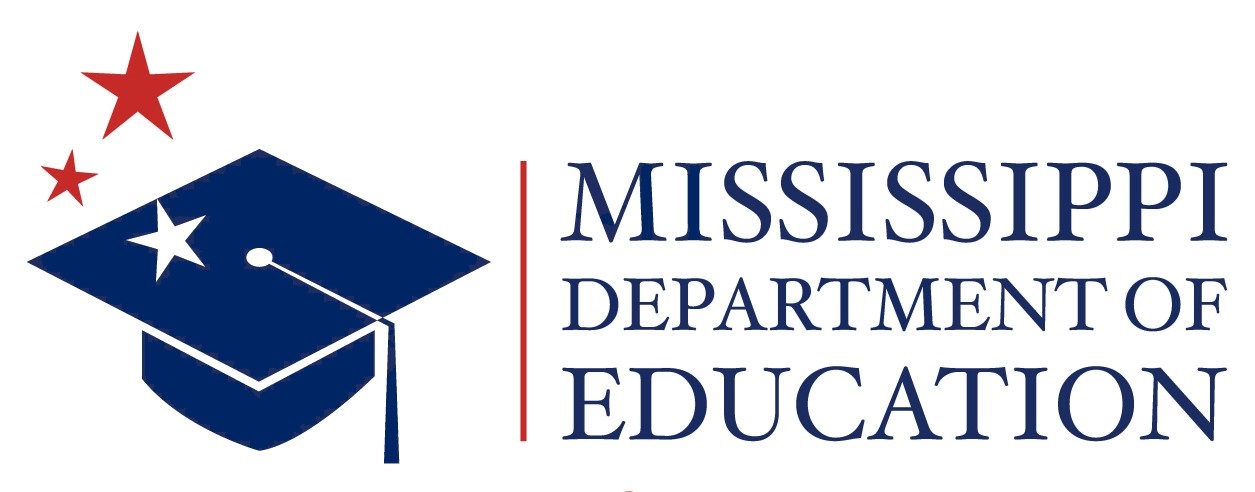The Nutrition Facts food label gives you information about which nutrients are in the food we eat. Your body needs the right combination of nutrients, such as vitamins, to work properly and grow. The Nutrition Facts food label is printed somewhere on the outside of packaged food, and you usually don't have to look hard to find it. Fresh food that doesn't come prepackaged sometimes has nutrition facts, too.

Start here. Note the size of a single serving and how many servings are in the package.
Check total calories per serving. Look at the serving size and how many servings you’re really consuming. If you double the servings you eat, you double the calories and nutrients, including the Percent Daily Value (% DV).
Limit these nutrients. Remember, you need to limit your total fat to no more than 56–78 grams a day — including no more than 16 grams of saturated fat, less than two grams of trans fat, and less than 300 mg cholesterol (for a 2,000 calorie diet).
Get enough of these nutrients. Make sure you get 100 percent of the fiber, vitamins and other nutrients you need every day.
Quick guide to % Daily Value. The % DV section tells you the percent of each nutrient in a single serving, in terms of the daily recommended amount. As a guide, if you want to consume less of a nutrient (such as saturated fat, cholesterol or sodium), choose foods with a lower % DV — 5 percent or less is low. If you want to consume more of a nutrient (such as fiber), seek foods with a higher % DV — 20 percent or more is high.



